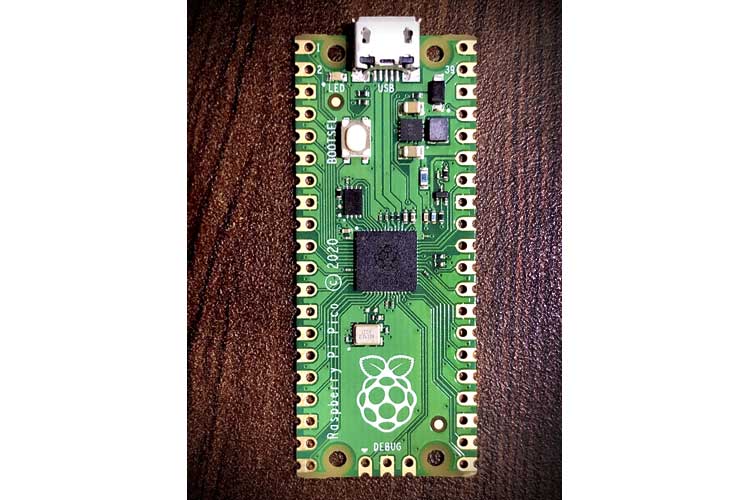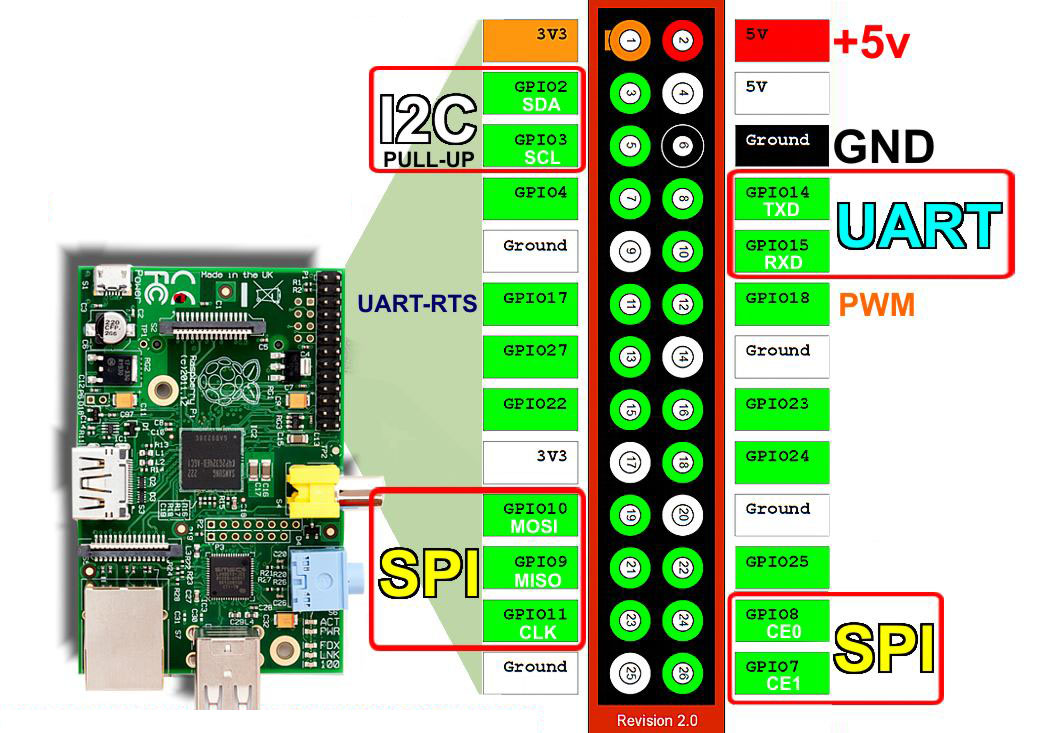


We will go through the basic Raspberry Pi Pico LED Blink Code & check the board functionality. Even the Arduino IDE will support Raspberry Pie Pico in the future as it is in the development phase now. In some other tutorials, we will learn how to program Raspberry Pi Pico with C/C++. For that, you can either use Thonny IDE or you can also go with uP圜raft IDE. Since it’s a Raspberry Pi Pico getting started tutorial, so we will only program the device using Micropython.

The detailed guide of Raspberry Pi Pico Pins like ADC pins, I2C Pins, SPI Pins, UART, etc can help you to interface any sensors or module with this powerful board. We will also learn about the Raspberry Pi Pico Board, its layout, and specifications. The tutorial covers the RP2040 Microcontroller, its features & specifications. This is the reason why Raspberry Pi Foundation released their low-cost powerful competitive Raspberry Pi Pico Board with RP2040, a Dual Core ARM Cortex-M0+ Microcontroller. The Raspberry Pi computer costs around 35-40$ whereas the other microcontrollers barely cost 2-5$ only. But when it comes to cost, the Raspberry Pi Board is overtaken by Arduino, ESP32, STM32, or other AVR, ARM, and PIC Microcontrollers. Over the years Raspberry Pi boards have become a must tool for students, hobbyists,s or Industrialists. The Raspberry Pi Pico is a low-cost Arm-based microcontroller that we can program using C/C++ and MicroPython. In this Getting Started tutorial, we will learn about the Raspberry Pi Pico, a brand new exciting Microcontroller board based on RP2040 Microcontroller from the Raspberry Pi Foundation.


 0 kommentar(er)
0 kommentar(er)
